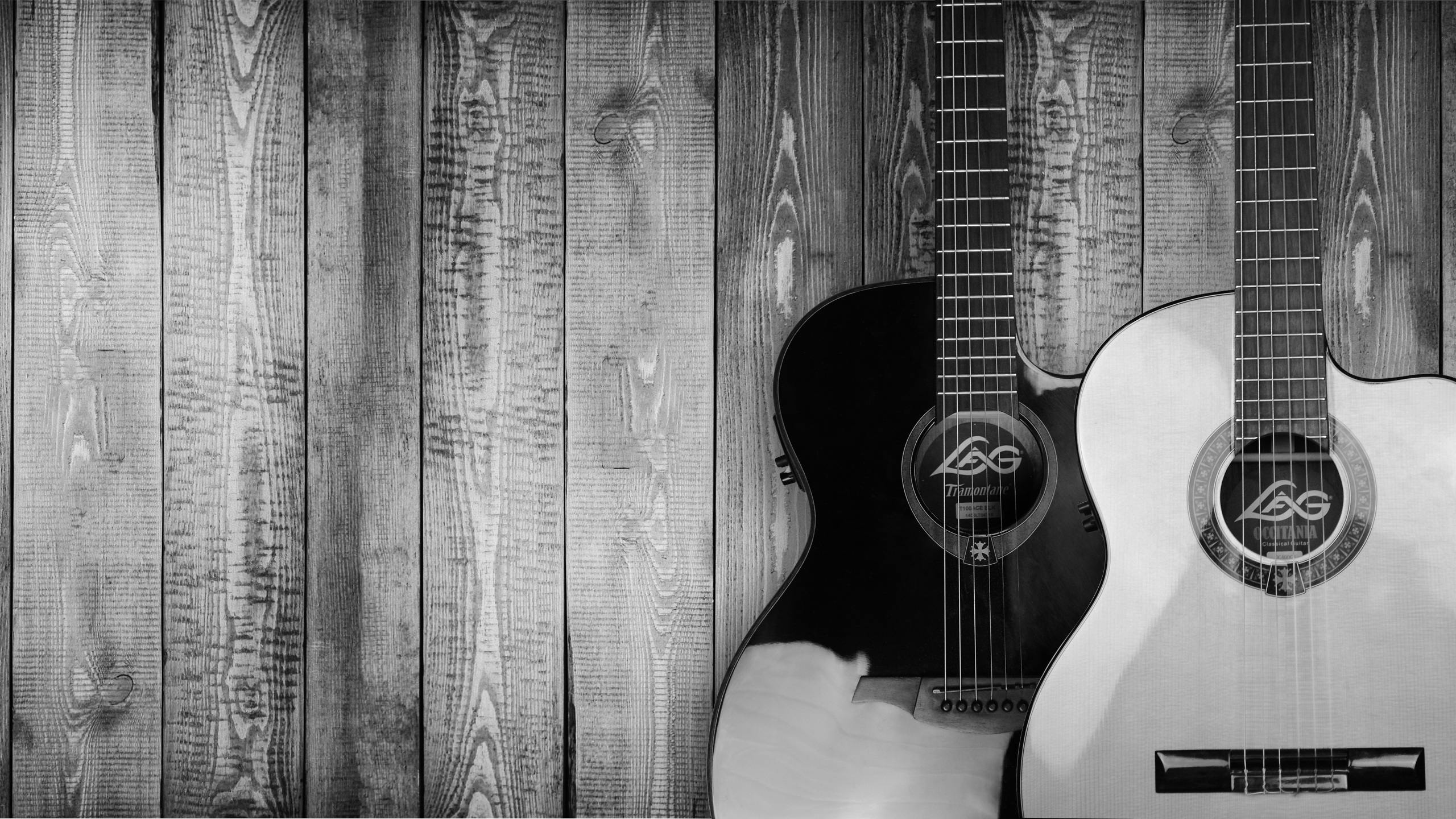
There is no fingerboard the player stops the strings by pressing their fingertips onto the strings without the strings touching the neck.ģ.
#Two stringed instrument skin#
Its characteristic sound is produced through the vibration of the python skin by bowing.Ģ. Two strings are attached from the pegs to the base, and a small loop of string ( Qian Jin) placed around the neck and strings acting as a nut pulls the strings towards the skin, holding a minute wooden bridge in place.ġ. The Erhu consists of a long vertical stick-like neck, at the top of which are two big tuning pegs, and at the bottom is a small resonator body ( sound box) which is covered with python skin on the front (playing) end. As soon as the horsehair bow was invented, it spread very widely.

Historic bowed zithers of China, including the Xiqin, Yazheng, and Yaqin, and also the Korean Ajaeng, were originally played by bowing with a rosined stick, which created friction against the strings. However, in the 1920s, Liu Tianhua introduced the erhu to Beijing, and since, it has become the most popular of the huqin. The name Huqin literally means "instrument of the Hu peoples", suggesting that the instrument may have originated from regions to the north or west of China generally inhabited by nomadic people on the extremities of past Chinese kingdoms.įor most of history, the erhu was mostly a folk instrument used in southern China, whereas the sihu was preferred among northern musicians. The second character ( 胡, hú) indicates that it is a member of the Huqin family, with Hu commonly meaning barbarians. An alternate explanation states that it comes from the fact that it is the second highest huqin in pitch to the gaohu in the modern Chinese orchestra.

The first Chinese character of the name of the instrument ( 二, èr, two) is believed to come from the fact that it has two strings. The xiqin is believed to have originated from the Xi people located in current northeast China. It is believed to have evolved from the Xiqin ( 奚 琴). The Erhu can be traced back to proto-Mongolic instruments which first appeared in China during the Tang Dynasty. Ney has six holes in the front and one in the back.Performer with erhu, photographed Singapore February 1969 × July 1971. Ney has a mouthpiece that creates a bowl-shaped cavity. It is an end-blown flute and difficult to play in an oblique in order to make it sound.

The Turkish ney is very popular in Sufi music. The five double strings are generally tuned as B2, E3, A3, D4, F#2 (or A2) and the low isolated string, called bam, is generally tuned as C#2 or D2.Īn interesting hybrid instrument of oud and banjo is the cumbus like the oud is fretles and like the banjo has a metal resonator and a skin body head.
#Two stringed instrument plus#
The Turkish oud has five double strings plus a single string at the low end. This characteristic feature allows to play all the complex pitch scales and nuances of the makams. The Turkish oud is a bit smaller than the Arabic oud, When we compare ouds with similar instruments like the European lute is the lack of frets. The oud is at the core of all middle eastern music and makam based music. It is important to make clear that Turkey is a very rich country in terms of musical traditions and its traditional musical instruments reflect the harmony of the cultures. Because you play it with your fingernails. Government asks him to join in fairs and exhibitions to show his best musical instruments. He is a master traditional musical instrument maker and player.

Our artisan is carving all the musical instruments using musical golden ratio to get the perfect sound. Two-stringed Cura in Teke Region has varies in terms of structural and instrumental features This two-stringed cura is from jumper wood. It has also different names like baglama curasi, tanbura curasi etc. One size bigger instrument than two-stringed cura gives a sound that is one octave lower This smallest member of stringed instruments family is in nearly every region of the country under a variety of names, including dede sazi, parmak cura, and iki and uc telli cura. Two-stringed cura is the smallest member of the stringed instruments family with the highest pitched sound. It is the father of many saz instruments. Best musical instruments are those small curas to carry with and They have traditional playing techniques. Two-stringed Cura is traditional musical instrument that is generally in Teke Region in Turkey.


 0 kommentar(er)
0 kommentar(er)
